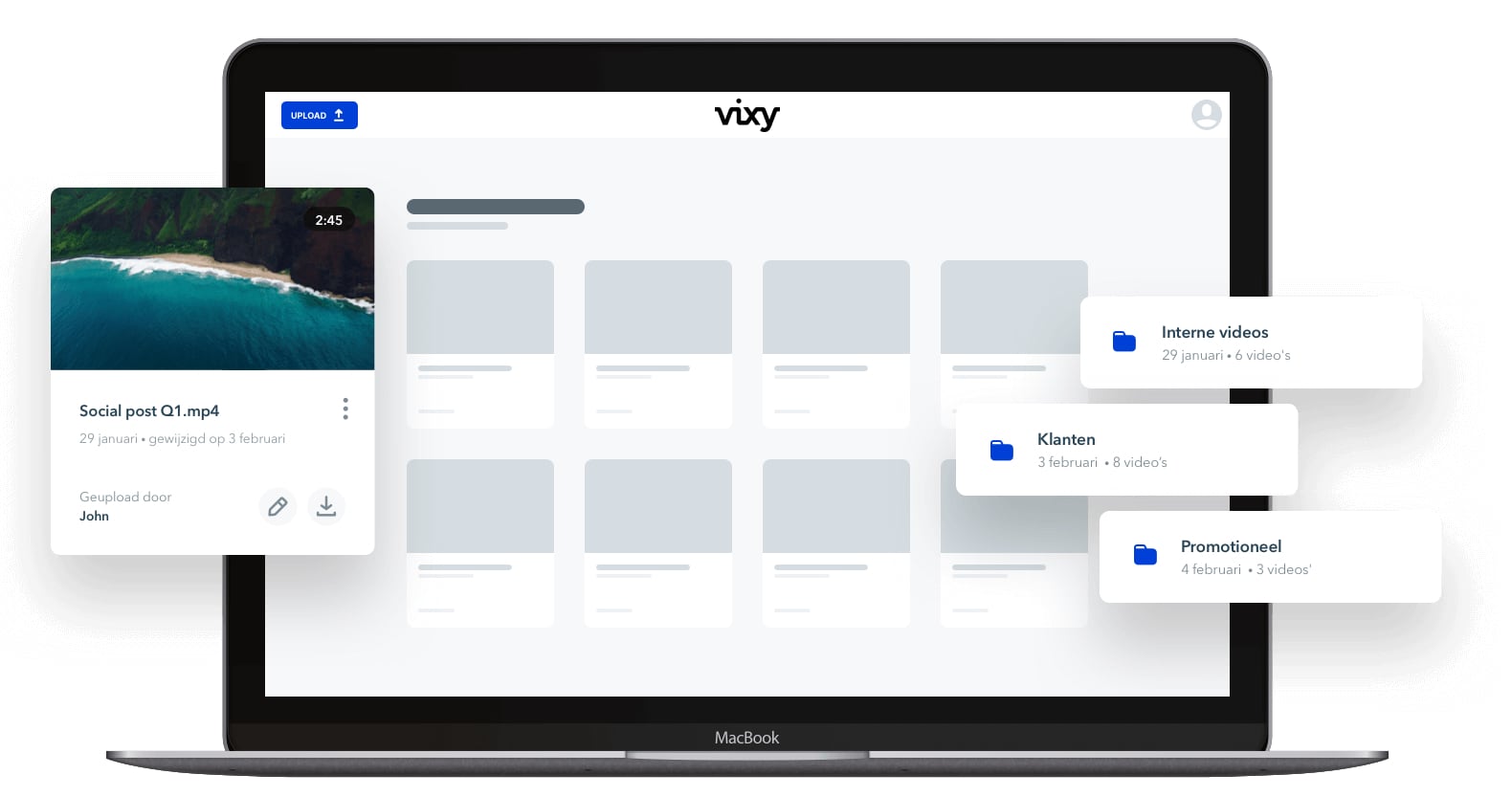Video Sitemap: What It Is And Why You Need One..

Online videos are all the rage these days. They have been for some time now.
Did you know that 78% of people watch online videos every week?
As a business owner or marketer, what does this tell you?
It means that if you don’t step up your video marketing game, your competitors are going to leave you in the dust. In fact, a 2020 Hubspot study found that about 85% of businesses are using video as a marketing tool already—that’s a whopping 22% increase from 2016.
You’re up for some tough competition out there. How do you keep up?
How’s this for starters: Use video transcription.
It sounds a bit crazy, but the simple act of transcribing your videos is just the thing that will give your brand the edge over your competition.
This post will tell you how that works. But first…
Simply put, video transcription is the process of converting your video’s audio into text. The resulting text is called a video transcript.
Video transcripts typically include the words spoken in a video, although some may include sound effects, actions, background music, and other audio information that don’t involve speech. They are usually used as a supplementary resource for your video content. Video transcripts can also be created to repurpose video and audio content.
However, video transcription can do so much more for your business.
Sidebar: It bears noting that transcripts are not the same as captions or subtitles. You can think of transcripts as the raw text version of a video’s audio. Captions, on the other hand, are time-coded so that each frame is synchronized with a specific point of a video or audio file. Subtitles are simply translated captions.

You might be asking:
What’s the big deal with video transcription?
For starters, transcripts or captions help you make the most out of your videos in terms of:
The above benefits are intertwined and feed off each other. To have a deeper understanding of how they influence one another, let’s discuss each benefit one by one.
Are your videos not getting enough views? Then you might be ignoring some segments of your target audience, particularly people with hearing disabilities, non-native speakers, and people with cognitive or behavioral disorders, among many others
The hearing impaired can benefit from your videos as much as other people do. But they need transcripts or captions before they can consume or enjoy your video content.
So, why not do them a favor by adding them in your videos, if only for the simple fact that it’s the right thing to do?
Besides, making your videos accessible to them is required by law, as stated in Section 508 of the Rehabilitation Act of 1973.
Last but not least, the uptick in views and engagement numbers will do your business a lot of good. According to WHO, over 5% of the world’s population has a hearing disability. That’s an audience segment you don’t want to miss out on.
Adding subtitles or translated transcripts to your videos helps non-native speakers enjoy and understand your video content. This allows you to expand your reach on a global scale. If you need your transcripts or captions to be translated into other languages, you can always hire a foreign language transcription company.
Here’s a little known fact: Captions help make videos more accessible to people with cognitive or behavioral disorders, including those with attention deficit disorder, autism, or ANSD (Auditory Neuropathy Spectrum Disorder). Most people with cognitive challenges struggle to process auditory information when watching videos. By adding captions, you’re providing them with an added visual stimulus that can help them follow what’s happening in your videos.
You want your videos to generate more views and engagement? You have to make it easier for the right people to find them.
Put another way, your videos need an SEO boost.
However…
Video SEO is a little trickier than your regular SEO. Google, for all its sophisticated algorithms and tons of data, isn’t capable of ‘reading’ or ‘understanding’ what is happening in your videos. Sure, it can “read” words in a blog post or a web copy. But videos? Not a chance (at least not yet).
But what if you add transcripts to your videos? Now you’re talking.
Unlike raw videos, transcripts (or captions) contain those lovely searchable words that Google bots can find, crawl and index based on relevance and search intent. If your transcripts are relevant and helpful to your target audience, Google will index your video content so that they can search and find it easily. This, of course, helps you generate more qualified traffic, which will bode well for your business and bottom line.
As a video marketer, you want your viewers to keep their eyes glued to the screen for as long as they can. Why? Because it helps your videos rank higher in Google search results. The lower your bounce rate (the number of visitors who navigate away from your page), the better chances that your video content will rank highly in SERPs.
So, what do transcripts and captions have to do with it? First off, they give your viewers more reasons to stay on the content. If a user stumbles on, say, one of your Yoga coaching videos while in the library, they’re more likely to continue ‘watching’ your content if you offer them a way to consume your content with the sound off. The same thing applies when users are watching your videos in a noisy location, such as a club, airport, or a sporting event.
Link building is essential to your SEO. After all, linking to your own content and getting external sources to link back to your site are a good way to build relevance and authority to your website. Want more “link juice”? Video transcripts are a good way to beef up your link building strategy.
Video transcripts are rich in text, providing you with many opportunities to link to other relevant content on your site, be it a landing page, a blog post, or a product page.
Moreover, people are more likely to share videos on social media. In fact, a study by Wordstream found that social videos are shared 1200% more times than links and text combined. The more social shares your videos get, the more opportunities for you to build links.
Captions and transcripts benefit everyone, not just the disabled or non-native speakers.
How so? For one, captions and transcripts provide more context other than what you’re seeing and hearing on the screen.
That’s not some abstract nonsense. It’s a scientific fact.
According to a study by Oregon State University, 52% of students claimed that captions helped as a learning aid when watching videos. In that same study, 65% of student participants said that they use captions to help them focus.
Ben Labrum, Senior Product Manager for Training on Demand at Oracle, goes even further by saying that captions and transcriptions provide some cognitive reinforcement to help viewers get more out of video content.
“It’s really cognitive reinforcement…. So when you read it and when you hear it at the same time, it helps you remember better. For example, say we record an instructor in Atlanta, Georgia, and then there’s a person in India who’s used to an English accent. The student might not follow as well without captions. Captioning and transcripts add additional value.”
Moreover, multiple studies show that captions and transcripts can help bring about better business outcomes. In a recent Facebook research, captioning video advertisements increases view time by an average of 12%. The same research also shows that CTA clicks fell by 26% when captions were removed from the ads.
In a world where most transactions are being made between people and computers, more and more users now prefer interactive content. This is hardly surprising. When users are given more leeway to control their experience, they are more likely to feel engaged with a piece of content. This is why interactive video transcripts are becoming more and more popular. By allowing users to search within a video, interactive video transcripts can provide users with a more engaging and immersive experience.
Videos will continue to play a significant role not only in the realm of marketing but also in the shaping of our culture for many years to come. As technologies and social platforms continue to evolve, so will the ways we consume, enjoy, and engage with video content. If current trends are any indication, video transcription will continue to be a big part of that change. Make video transcripts an integral part of your video marketing strategy and your business can only thrive in many years to come.



